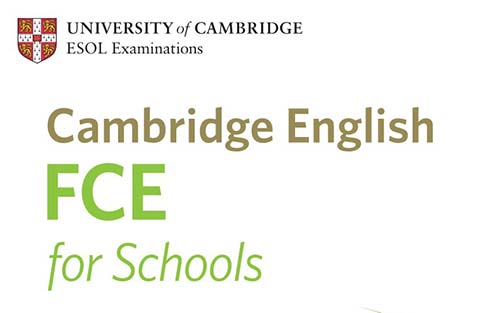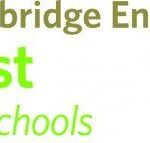Cambridge B2 First for Schools. Handbook for teachers for exams from 2020 with tips for preparing learners and sample papers
Cambridge B2 First for Schools.
Table of Content
- About the exam
- Can Do summary
- Advice for teachers
- Advice by task for Reading, Writing, Listening and Speaking
- Tips for preparing learners for the Reading component with sample paper
- Tips for preparing learners for the Writing component with sample paper
- Tips for preparing learners for the Listening paper with sample paper
- Transcript
- Audio
- Tips for preparing learners for the Speaking paper with sample paper
- Speaking assessment glossary of terms
- Assessment for Reading, Writing, Listening and Speaking
- Language specifications
- Cambridge B2 First for Schools glossary
B2 First for Schools – an overview
B2 First for Schools was originally offered in 2010 and is a qualification at upper-intermediate level that is officially recognised by universities, employers and governments around the world. It follows on as a progression from B1 Preliminary for Schools.
Exam formats
B2 First for Schools can be taken as either a paper-based or a computer-based exam.
Who is the exam for?
B2 First for Schools is aimed at learners who need to show they can:
• start working in an English-speaking environment
• study at an upper-intermediate level, such as foundation or pathway courses.
Who recognises the exam?
The B2 First for Schools certificate is recognised around the world as proof of upper-intermediate level English skills for industrial, administrative and service-based employment. It is also accepted by a wide range of educational institutions for study purposes. Cambridge English Qualifications are accepted and trusted by thousands of organisations worldwide.
What level is the exam? B2 First for Schools is targeted at Level B2 on the CEFR. Achieving a certificate at this upper-intermediate level proves that a candidate is becoming skilled in English and now has practical language skills for everyday written and spoken situations.
DOWNLOAD THE PDF FOR FREE
Click here for more Cambridge English Sample Papers





